Contents
Return to Daily Activities Quicker after Hernia Repair in Mexico
Thinking about fixing a tummy problem called Inguinal Hernia? If your tummy hurts a lot because of a big lump, then having a special surgery in Mexico might help.
Inguinal Hernia surgery is when a doctor fixes a common tummy problem. It's like when something soft pushes out of your tummy wall. The doctor uses a tiny camera and puts it through a small cut in your tummy. The camera shows the doctor what's happening inside. You'll be asleep during the surgery, so you won't feel a thing.
Doctors in Mexico are really good at doing this special surgery. They use cool ways to make it easy and don't hurt you. They put the lump back where it should be.
If you want to know more about fixing Inguinal Hernia in Mexico, keep reading our guide to find out what you can do.
Comprehensive Inguinal Hernia Repair Packages in Mexico - All Included
In Mexico, the hospitals have a special way to help you save money and get better. They use something called "keyhole surgery," and it's like a magical door to make you feel better. They have special deals that cost between $2,420 and $4,500, and these deals include:
- Everything for the surgery, like the doctors, the sleepy medicine, the tools, and even the place where you stay.
- A special car that takes you from the airport to the hospital and back.
- Someone who helps you and speaks two languages (English and Spanish).
- Food and medicine while you're in the hospital.
- You get to stay at the hospital for one night, and they take good care of you.
You can learn more about these amazing deals by clicking on the links below. It's like a treasure hunt for the best way to fix your hernia!
`Cost of Laparoscopic Inguinal Hernia Repair Surgery in Mexico
Getting Laparoscopic Inguinal Hernia Repair Surgery in Mexico is much cheaper than in the USA and Canada. In Mexico, it can start at $2,600 and go up to $4,500. But in the USA, it costs a whopping $8,000, and in Canada, it's $7,000! That means if you choose Mexico, you can pay up to 70% less and still get lots of extra things included.
Here's a table that shows the prices at the best clinics in Mexico compared to the USA and Canada:
Laparoscopic Inguinal Hernia Repair Centers Cost Comparison in Mexico
| Provider | Procedure | Price |
|---|---|---|
| Family Hospital | Hospital de la Familia | Laparoscopic Inguinal Hernia Repair, Laparoscopic Surgery | $4500 |
| Dr. Ricardo Garcia Audelo | Laparoscopic Inguinal Hernia Repair, Laparoscopic Surgery | $3900 |
| Hernia Clinic Mexico and Bariatric Center | Laparoscopic Inguinal Hernia Repair, Laparoscopic Surgery | $4000 |
Laparoscopic Inguinal Hernia Repair Cost Comparison in Mexico
| Country | Procedure | Price |
|---|---|---|
| United States | Laparoscopic Inguinal Hernia Repair, Laparoscopic Surgery | $8000 |
| Canada | Laparoscopic Inguinal Hernia Repair, Laparoscopic Surgery | $7000 |
Best Gastroenterology Clinics in Mexico for Hernia Repair
Deciding to get help for your Inguinal Hernia at the best clinics in Mexico is a great idea. These special places are close to the border between Mexico and the United States, like Tijuana, Mexicali, and Los Algodones. This means you won't have to travel far, and it will cost you less money.
Mexico has really good Hernia Repair doctor clinics that offer the best treatment using fancy equipment, and it doesn't cost as much as in some other places. The reason it's not too expensive in Mexico is because things like houses, people's work, and stuff they use are cheaper there. But don't worry, even though it costs less, the doctors in Mexico are still very safe and good at their job.
When you go to a clinic in Mexico, you'll have a great experience, just like if you went to one in the USA or Canada. And the best part is, you'll save a lot of money on fixing your hernia in Mexico.
To find the perfect clinic for you in Mexico, you can look at their information below.
Inguinal Hernia Repair Surgery in Mexico Videos to See
We provide more information about inguinal hernia in Mexico in our most-viewed videos. You also can see a patient testimonial after laparoscopic hernia surgery at a reputable Mexican clinic.
Hernia Repair Surgery in Mexico Reviews
FAQs about Inguinal Hernia Repair Surgery in Mexico
Read our well-researched answers about Inguinal Hernia Repair Surgery in Mexico in Mexico to know how to prepare your budget before the trip.
What is Inguinal Hernia Repair Surgery?
Inguinal Hernia Repair Surgery is a medical procedure to fix a hernia that occurs in the groin area. It involves pushing the herniated tissue back into place and strengthening the abdominal wall.
Why consider having Inguinal Hernia Repair Surgery in Mexico?
Mexico offers cost-effective options for hernia surgery with skilled doctors, minimally invasive techniques, and proximity to the USA and Canada. Patients can save on costs without compromising on quality.
How much does Inguinal Hernia Repair Surgery cost in Mexico compared to the USA or Canada?
In Mexico, the cost of hernia surgery can be up to 70% less than in the USA and Canada. Prices in Mexico start at around $2,600, whereas they are significantly higher in North America.
Is the quality of care in Mexican clinics and hospitals up to international standards?
Yes, many Mexican healthcare facilities adhere to international standards and have well-trained doctors. They offer advanced surgical techniques, including laparoscopic surgery, for hernia repair.
What is laparoscopic or "keyhole" surgery, and why is it preferred for hernia repair?
Laparoscopic surgery is a minimally invasive technique that involves making small incisions and using specialized instruments to repair the hernia. It results in less pain, quicker recovery, and smaller scars compared to traditional open surgery.
Are there inclusive packages available for Inguinal Hernia Repair Surgery in Mexico?
Yes, many Mexican clinics offer all-inclusive packages that cover surgical costs, hospital stays, transportation, meals, and more. These packages simplify the process for international patients.
Are Mexican doctors qualified to perform Inguinal Hernia Repair Surgery?
Mexican gastroenterologist surgeons undergo rigorous training, are certified, and licensed to perform clinical practice. They often have a track record of successful surgeries and positive patient reviews.
Is English-speaking assistance available in Mexican clinics?
Yes, many healthcare professionals in Mexico are bilingual and speak both English and Spanish. This helps international patients communicate effectively and feel comfortable during their medical treatment.
How long is the recovery period after Inguinal Hernia Repair Surgery in Mexico?
The recovery period can vary depending on the type of surgery and individual factors. However, patients often experience a quicker recovery with less post-operative discomfort compared to traditional surgery.
How can I find the best clinic and surgeon for Inguinal Hernia Repair Surgery in Mexico?
Researching online, reading patient reviews, and consulting with medical tourism agencies can help you find reputable clinics and experienced surgeons in Mexico. Additionally, you can ask for recommendations from your primary care physician.
These FAQs provide valuable information for individuals considering Inguinal Hernia Repair Surgery in Mexico. However, it's essential to consult with a healthcare professional for personalized guidance and recommendations based on your specific medical needs.
How Much Does Hernia Surgery Cost in Mexico?
If you're dealing with a hernia, you're likely looking for a solution that is both effective and affordable. For many, the high cost of medical procedures in countries like the United States can be a major obstacle. This is where medical tourism to Mexico comes in as a highly attractive option. Hernia surgery in Mexico is not only significantly cheaper, but it is also performed by highly qualified surgeons in modern, well-equipped hospitals. Many patients from the US and Canada travel to Mexico each year for various medical procedures, including hernia repair, and return home with positive experiences and significant savings. This guide will walk you through everything you need to know about the cost of hernia surgery in Mexico, what factors influence the price, and what you can expect from the experience. What is the average cost of hernia surgery in Mexico? The average cost of hernia surgery in Mexico is between $2,500 and $5,000. This price can vary depending on the type of hernia, the surgical technique used, and the chosen hospital and surgeon. The cost of hernia surgery in Mexico is a fraction of what you would pay in the United States. While the average cost in the US can be anywhere from $7,000 to $15,000 or even more, Mexico offers a much more affordable alternative. The lower cost is not a reflection of lower quality but is due to the lower cost of living, operational expenses for hospitals, and medical malpractice insurance in Mexico. Here's a general breakdown of what you can expect to pay for different types of hernia surgeries in Mexico: Inguinal Hernia Repair: $2,800 - $4,500 Umbilical Hernia Repair: $2,500 - $4,000 Hiatal Hernia Repair: $3,500 - $5,500 Incisional Hernia Repair: $3,000 - $5,000 How much does inguinal hernia surgery cost in Mexico? The cost of an inguinal hernia surgery in Mexico typically ranges from $2,800 to $4,500. This is a common type of hernia, and the procedure is routinely performed by experienced surgeons in Mexico. Inguinal hernias are the most common type of hernia, especially in men. The surgery to repair an inguinal hernia is straightforward and can be done through either open or laparoscopic surgery. The cost in Mexico for this procedure is significantly lower than in the US, making it a popular choice for medical tourists. The price for an inguinal hernia repair in Mexico usually includes the surgeon's fees, anesthesia, hospital stay, and pre-operative tests. It's important to confirm with your chosen clinic what is included in their package to avoid any surprise costs. What is the cost of umbilical hernia surgery in Mexico? The cost of an umbilical hernia surgery in Mexico is generally between $2,500 and $4,000. This procedure is less complex than other hernia repairs, which is reflected in the lower price. An umbilical hernia occurs when part of the intestine bulges through the abdominal wall near the belly button. This type of hernia is common in infants but can also affect adults. The surgery to repair an umbilical hernia is typically a quick and minimally invasive procedure. The cost of umbilical hernia surgery in Mexico is very competitive, and many clinics offer all-inclusive packages for international patients. These packages often include transportation from the airport, accommodation, and the surgical procedure itself, making the entire process hassle-free. How much can I save by having hernia surgery in Mexico? You can save between 50% and 70% on the cost of hernia surgery by choosing to have the procedure done in Mexico compared to the United States. The potential for savings is the primary reason why so many people travel to Mexico for medical procedures. A hernia surgery that could cost you over $10,000 in the US can be done for as little as $3,000 in Mexico, without sacrificing the quality of care. These savings can be life-changing for those who are uninsured or have high-deductible insurance plans. Here is a comparison table to illustrate the potential savings: Procedure Average Cost in the US Average Cost in Mexico Inguinal Hernia Repair $7,000 - $12,000 $2,800 - $4,500 Umbilical Hernia Repair $6,000 - $10,000 $2,500 - $4,000 What factors affect the cost of hernia surgery in Mexico? Several factors can influence the final cost of your hernia surgery in Mexico, including the type of hernia, the surgical technique, the surgeon's experience, the hospital's reputation, and the geographic location within Mexico. Type of Hernia: More complex hernias, like hiatal or incisional hernias, will generally cost more to repair than simpler ones like umbilical hernias. Surgical Technique: There are two main surgical techniques for hernia repair: open surgery and laparoscopic surgery. Laparoscopic surgery is a minimally invasive technique that often has a shorter recovery time but can be slightly more expensive than open surgery. Surgeon's Experience and Reputation: Highly experienced and renowned surgeons may charge more for their services. However, even the top surgeons in Mexico are significantly more affordable than their counterparts in the US. Hospital and Clinic: The choice of hospital or clinic will also impact the cost. Larger, more modern hospitals in major cities may have higher prices than smaller clinics in other areas. Geographic Location: The cost of medical procedures can vary between different cities in Mexico. Popular medical tourism destinations like Tijuana and Cancun may have slightly different pricing. What is included in the hernia surgery cost in Mexico? Most hernia surgery packages in Mexico are all-inclusive, covering the surgeon's fees, anesthesia, hospital stay, pre-operative tests, and post-operative care. When you receive a quote for hernia surgery in Mexico, it's important to understand what is included in the price. Most reputable clinics and hospitals offer comprehensive packages for international patients to make the process as smooth as possible. These packages typically include: Surgeon's fees Anesthesiologist's fees Hospital or clinic fees Cost of surgical mesh (if required) Pre-operative tests and consultations Post-operative medications and follow-up appointments Transportation to and from the airport and hotel Accommodation for a specified number of days Always ask for a detailed breakdown of the costs to ensure there are no hidden fees. A transparent pricing structure is a sign of a trustworthy medical provider. Is hernia surgery in Mexico safe? Yes, hernia surgery in Mexico is very safe. Many Mexican hospitals are internationally accredited and adhere to the same high standards of care as hospitals in the United States. The quality of medical care in Mexico is a common concern for those considering medical tourism, but it's a misconception that lower cost means lower quality. Many surgeons in Mexico have been trained in the US or Europe and have extensive experience in their field. The hospitals are often modern and equipped with the latest technology. To ensure your safety, it's crucial to do your research and choose a reputable hospital and surgeon. Look for certifications from international bodies like the Joint Commission International (JCI) and read patient reviews and testimonials. How do I find a good surgeon for hernia surgery in Mexico? To find a good surgeon for your hernia surgery in Mexico, look for board-certified surgeons with extensive experience in hernia repair, check their credentials and patient reviews, and consider using a reputable medical tourism agency. Finding the right surgeon is the most important step in planning your medical trip to Mexico. Here are some tips to help you find a qualified and experienced surgeon: Check for Board Certification: Ensure that the surgeon is board-certified in general surgery and has a specialization in hernia repair. Look at their Experience: Choose a surgeon who has performed a high volume of hernia surgeries. Experience matters when it comes to surgical outcomes. Read Patient Reviews: Look for reviews and testimonials from previous patients. This can give you an idea of the surgeon's bedside manner and the quality of their work. Use a Medical Tourism Agency: Reputable medical tourism agencies like PlacidWay can connect you with pre-screened, high-quality surgeons and hospitals in Mexico, taking the guesswork out of the process. What is the recovery time for hernia surgery in Mexico? The recovery time for hernia surgery depends on the type of surgery performed. For laparoscopic surgery, you can expect to return to normal activities within 1-2 weeks. For open surgery, the recovery time is typically 3-4 weeks. Your surgeon will provide you with detailed post-operative instructions to ensure a smooth recovery. It's important to follow these instructions carefully to minimize the risk of complications. You will likely need to stay in Mexico for a few days after your surgery for a follow-up appointment before you are cleared to travel back home. Can I use my health insurance for hernia surgery in Mexico? Some US health insurance plans may cover hernia surgery in Mexico, but it's not common. You will need to check with your insurance provider to see if they offer coverage for medical procedures abroad. Even if your insurance doesn't cover the full cost, you may be able to get reimbursement for a portion of the expenses. It's worth contacting your insurance company to inquire about their policies on international medical care. However, even without insurance, the out-of-pocket cost of hernia surgery in Mexico is often still much lower than the deductible you would have to pay in the US. What are the benefits of having hernia surgery in Mexico? The main benefits of having hernia surgery in Mexico are the significant cost savings, access to high-quality medical care, shorter waiting times, and the opportunity to recover in a beautiful and relaxing environment. Cost Savings: As discussed, the cost savings are the most significant advantage. High-Quality Care: Mexico has a growing reputation for excellent medical care, with many internationally accredited hospitals and highly skilled surgeons. No Waiting Lists: In countries with public healthcare systems, waiting lists for non-emergency surgeries can be long. In Mexico, you can typically schedule your surgery very quickly. A Relaxing Recovery: Many patients enjoy the opportunity to recover in a pleasant environment, away from the stresses of daily life. What should I look for in a hernia surgery package in Mexico? When looking for a hernia surgery package in Mexico, look for transparent pricing, a detailed list of what is included, information about the surgeon and hospital, and support for international patients. A good hernia surgery package should provide you with all the information you need to make an informed decision. Look for packages that offer: A clear and detailed quote with no hidden costs. Information about the surgeon's credentials and experience. Details about the hospital or clinic, including accreditation and facilities. Inclusions such as accommodation, transportation, and post-operative care. Support services for international patients, such as language interpretation and assistance with travel arrangements. How do I prepare for hernia surgery in Mexico? To prepare for your hernia surgery in Mexico, you will need to have a consultation with your surgeon, arrange your travel and accommodation, and follow any pre-operative instructions provided by your medical team. Your surgeon will give you specific instructions on how to prepare for your surgery, which may include dietary restrictions and medication adjustments. You will also need to arrange your flights and accommodation in Mexico. Many medical tourism agencies can help you with these arrangements to make the process easier. Is it safe to travel to Mexico for medical tourism? Yes, it is generally safe to travel to Mexico for medical tourism, especially to popular destinations like Cancun, Tijuana, and Guadalajara. These cities are well-equipped to handle international patients and have a strong tourism infrastructure. Like with any international travel, it's important to take precautions and be aware of your surroundings. Stick to well-known and reputable clinics and hospitals, and arrange your transportation and accommodation in advance. Millions of tourists visit Mexico safely every year, and medical tourists are generally well-cared for. Why is hernia surgery cheaper in Mexico? Hernia surgery is cheaper in Mexico due to a combination of factors, including the lower cost of living, lower salaries for medical staff, and lower costs for medical malpractice insurance. The cost of running a hospital or clinic in Mexico is significantly lower than in the United States. This includes everything from rent and utilities to the salaries of doctors, nurses, and administrative staff. Additionally, the cost of medical malpractice insurance for surgeons is much lower in Mexico, which further reduces the overall cost of medical procedures. These savings are passed on to the patients, making Mexico an affordable destination for high-quality medical care. Ready to explore your options for affordable, high-quality hernia surgery in Mexico? Explore PlacidWay to find trusted clinics, experienced surgeons, and all-inclusive packages tailored to your needs.
What is the Average Price of Laparoscopic Inguinal Hernia Repair Treatment in Tijuana, Mexico?
An inguinal hernia is a common health condition where soft tissue, usually part of the intestine, pushes through a weak spot in the lower abdominal muscles. This can cause pain, discomfort, and other complications if left untreated. One of the most effective treatments for this condition is laparoscopic inguinal hernia repair, a minimally invasive surgery that allows for a faster recovery and less pain compared to traditional open surgery. In this blog, we will explore why Tijuana is a top choice for laparoscopic inguinal hernia repair, the average cost of the procedure, the benefits of getting treated in Tijuana, and what you need to know before making this important decision. Understanding Laparoscopic Inguinal Hernia Repair Laparoscopic inguinal hernia repair is a modern surgical technique used to treat inguinal hernias. It is a minimally invasive procedure, which means the surgeon makes small incisions rather than a large cut. How the Procedure Works: Anesthesia: The patient is placed under general anesthesia. Small Incisions: The surgeon makes 2-3 small cuts in the lower abdomen. Insertion of Laparoscope: A thin tube with a camera (laparoscope) is inserted to view the hernia. Repair: The surgeon uses special instruments to push the bulging tissue back into place and strengthens the abdominal wall with a mesh. Closure: The small incisions are closed with stitches or surgical glue. Benefits of Laparoscopic Repair: Less postoperative pain Shorter hospital stay Quicker return to normal activities Smaller scars Lower risk of infection Why Choose Tijuana, Mexico for Laparoscopic Inguinal Hernia Repair? Tijuana, located just south of the U.S.-Mexico border, is a popular destination for medical tourism. Thousands of international patients visit Tijuana every year for high-quality healthcare at more affordable prices. 1. Affordable Pricing One of the main reasons people choose Tijuana for laparoscopic inguinal hernia repair is the cost savings. Patients can save 50%-70% compared to the prices in the U.S. and Canada. This makes it possible for more people to access the care they need without breaking the bank. 2. Experienced Surgeons Many surgeons in Tijuana have trained internationally and have years of experience in laparoscopic surgeries. They follow global medical standards and use modern techniques for safe and effective procedures. 3. Modern Medical Facilities Tijuana is home to modern hospitals and clinics that are equipped with state-of-the-art technology. These facilities prioritize patient safety and comfort. 4. Short Travel Distance For patients in the U.S., especially those in California, traveling to Tijuana is quick and convenient. The city is just a short drive from San Diego, making it an accessible option for medical treatment. 5. No Long Wait Times In many countries, patients face long waiting lists for non-emergency surgeries. In Tijuana, patients can schedule procedures quickly without unnecessary delays. 6. Bilingual Medical Staff Many doctors and medical staff in Tijuana speak English fluently, which makes communication smooth and stress-free for international patients. Average Cost of Laparoscopic Inguinal Hernia Repair in Tijuana, Mexico The cost of laparoscopic inguinal hernia repair in Tijuana is much lower than in the United States and Canada. Here’s a comparison to give you an idea of how much you can save: Country Average Cost United States $6,000 – $12,000 Canada $5,000 – $10,000 Tijuana, Mexico $2,500 – $4,500 Note: The exact price may vary depending on the clinic, the surgeon's experience, and whether the procedure is for a single or bilateral hernia. What Does the Price in Tijuana Include? Most medical centers offer all-inclusive packages for laparoscopic inguinal hernia repair in Tijuana. These packages often include: Pre-operative consultation and evaluation Surgeon’s fees Anesthesia fees Hospital or clinic stay Nursing care Post-operative medications and care Follow-up visits Some clinics also provide additional services like airport transfers, hotel accommodations, and personal assistance during your stay. The Procedure Timeline: What to Expect Before Surgery: Consultation: Your surgeon will review your medical history, conduct physical exams, and possibly order imaging tests. Pre-Surgery Instructions: You may be advised to avoid food or drink for a few hours before surgery. Day of Surgery: Arrival at the Clinic: You’ll be admitted and prepared for surgery. Anesthesia: General anesthesia will be administered. Surgery Duration: The procedure typically takes 1-2 hours. After Surgery: Recovery Room: You will be monitored until you wake up from anesthesia. Discharge: Most patients go home the same day or stay overnight. Post-Op Care: Instructions will be given on how to care for your wounds and manage pain. Recovery Timeline: First Few Days: Mild pain and swelling; pain medications may be prescribed. 1 Week: You can resume light activities. 2-4 Weeks: You can return to work and most normal activities. 6 Weeks: Full recovery for strenuous activities and heavy lifting. Things to Consider Before Traveling for Surgery Before deciding to travel to Tijuana for laparoscopic inguinal hernia repair, here are a few important things to consider: Research the Clinic: Choose a reputable clinic with positive reviews and experienced surgeons. Understand the Costs: Ask for a detailed breakdown of costs and what’s included. Plan for Recovery: Make arrangements for someone to accompany you and help during recovery. Travel Insurance: Consider purchasing travel health insurance for added security. Medical History: Share your complete medical history with your doctor to avoid complications. FAQs About Laparoscopic Inguinal Hernia Repair in Tijuana 1. Is laparoscopic hernia surgery in Tijuana safe? Yes, many clinics in Tijuana follow international safety and hygiene standards. Choosing a certified surgeon and reputable clinic ensures a safe procedure. 2. How long will I need to stay in Tijuana after the surgery? Most patients stay for 2-3 days to allow for initial recovery and follow-up appointments. 3. Is general anesthesia used during laparoscopic hernia surgery? Yes, general anesthesia is commonly used to ensure that the patient feels no pain during the procedure. 4. Will I have visible scars after surgery? No, laparoscopic surgery leaves only small scars that are barely noticeable. 5. How soon can I return to work after the surgery? Most patients can return to light work within 1-2 weeks. Full recovery usually takes about 4-6 weeks. 6. Can I bring someone with me for support? Yes, many clinics welcome family members or friends to accompany patients during their stay. Ready to Begin Your Journey to Better Health? Contact PlacidWay for a Free Consultation! Don’t let the high cost of surgery stop you from getting the care you need. Tijuana, Mexico offers affordable and high-quality laparoscopic inguinal hernia repair with expert surgeons and state-of-the-art medical facilities. Take the first step toward a pain-free life—reach out to PlacidWay now!
Best Surgeons in Mexico for Inguinal Hernia Repair Surgery
Our team of amazing Inguinal Hernia Repair doctors in Mexico is made up of special doctors who are really good at what they do. They work in their own offices or in fancy hospitals in Mexico. These Mexican doctors use the newest and coolest ways to fix tummy problems like inguinal hernia.
To become one of our doctors, they have to go through tough training to make sure they can help people safely. They also have to meet these rules:
- They have to be really good at what they do, and their patients have to get better.
- They're part of big groups of doctors that are famous all around the world.
- They keep learning about the newest stuff at meetings and classes.
- The people who visited them before said nice things about them.
Here are the top 3 doctors who are experts at fixing inguinal hernia in Mexico. You can learn more about them by checking out their profiles. They're like superheroes for your tummy!
Why Go to Mexico for Inguinal Hernia Repair Surgery?
Going to Mexico for Inguinal Hernia Repair Surgery can be a smart choice for several reasons:
- Cost Savings: One of the biggest advantages is the cost savings. In Mexico, the cost of Inguinal Hernia Repair Surgery is significantly lower than in the USA and Canada. You can save up to 70% on the procedure, making it a more affordable option.
- High-Quality Care: Despite the lower cost, Mexican clinics and hospitals offer high-quality care. Many doctors in Mexico are trained and experienced in performing advanced surgical procedures, including laparoscopic surgery for hernia repair.
- Convenience: Mexico is conveniently located for patients from the USA and Canada, especially in border cities like Tijuana, Mexicali, and Los Algodones. This proximity reduces travel time and expenses.
- Keyhole Surgery: Mexican clinics often offer laparoscopic or "keyhole" surgery, which is a minimally invasive technique. It results in smaller incisions, less pain, and quicker recovery compared to traditional surgery.
- Inclusive Packages: Mexican clinics frequently provide all-inclusive packages that cover surgical costs, hospital stays, transportation, meals, and more. This simplifies the process and ensures you have everything you need during your treatment.
- Experienced Surgeons: Mexican gastroenterologist surgeons undergo rigorous training and are certified and licensed to perform clinical practice. They often have a track record of success and participate in international medical organizations and conferences.
- Bilingual Assistance: Many healthcare professionals in Mexico speak both English and Spanish, making it easier for international patients to communicate and feel comfortable during their medical journey.
- Positive Patient Reviews: Mexican doctors often receive positive reviews from former patients who have had successful surgeries and positive experiences.
Mexico is among the most popular medical tourism destinations providing effective keyhole surgery and other advantages including:
- High-quality care in modern facilities
- Affordable treatment
- Faster recovery and no waiting time for the surgery
- An opportunity to explore Mexico
But this is not all. Going to Mexico for inguinal hernia repair will truly help you return faster to your normal activities and have beautiful memories from your trip.
|
Chichen Itza - A ruined ancient Maya city |
Get Low-Cost Laparoscopic Inguinal Hernia Repair Surgery in Mexico Today!
Choose affordable, safe, and effective Keyhole Hernia Surgery in Mexico to diminish discomfort and improve your quality of life.
Our dedicated PlacidWay team is here for any questions you may have and to help you plan your trip to Mexico for inguinal hernia repair.




.png)

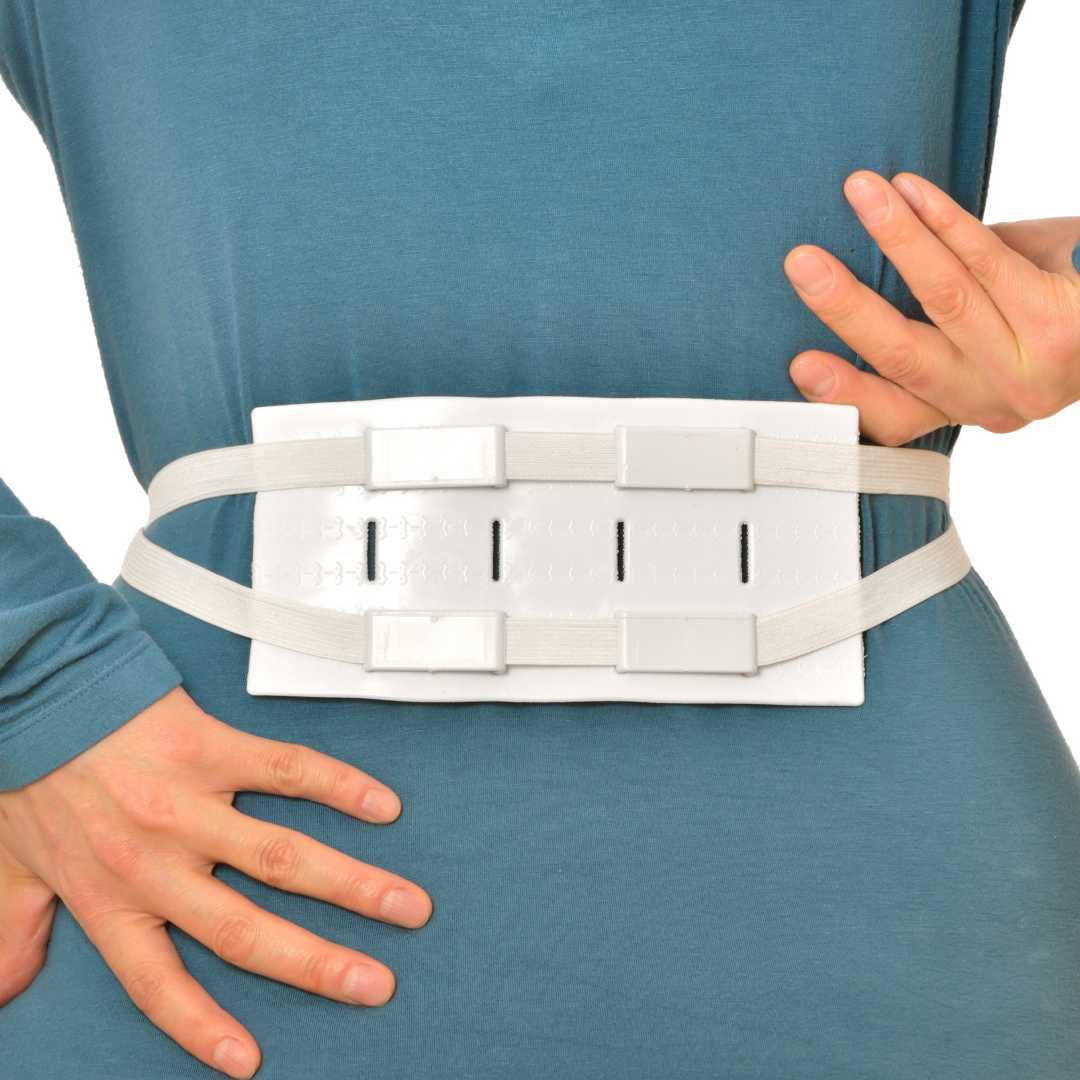

.png)









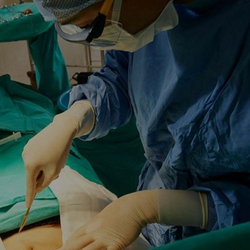





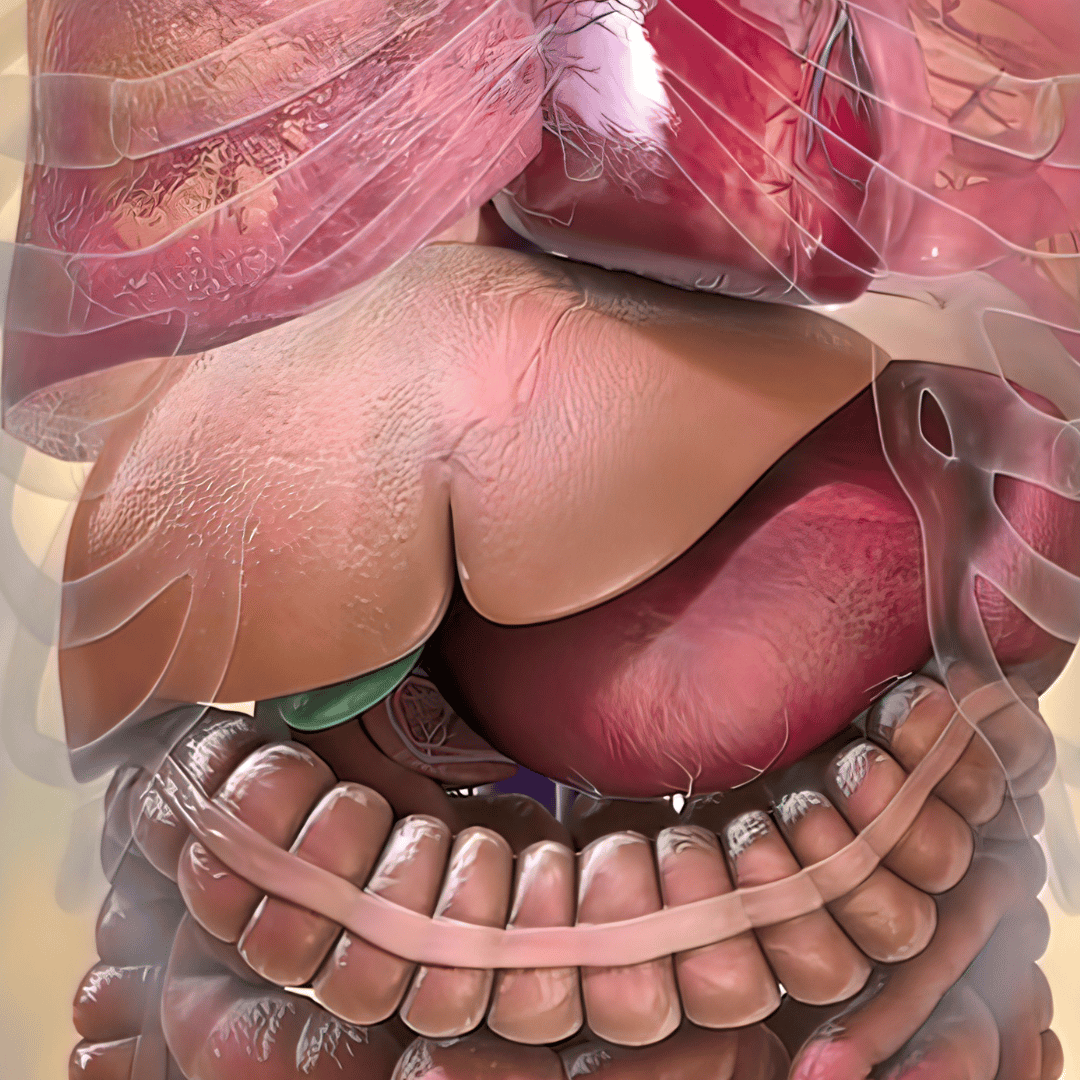
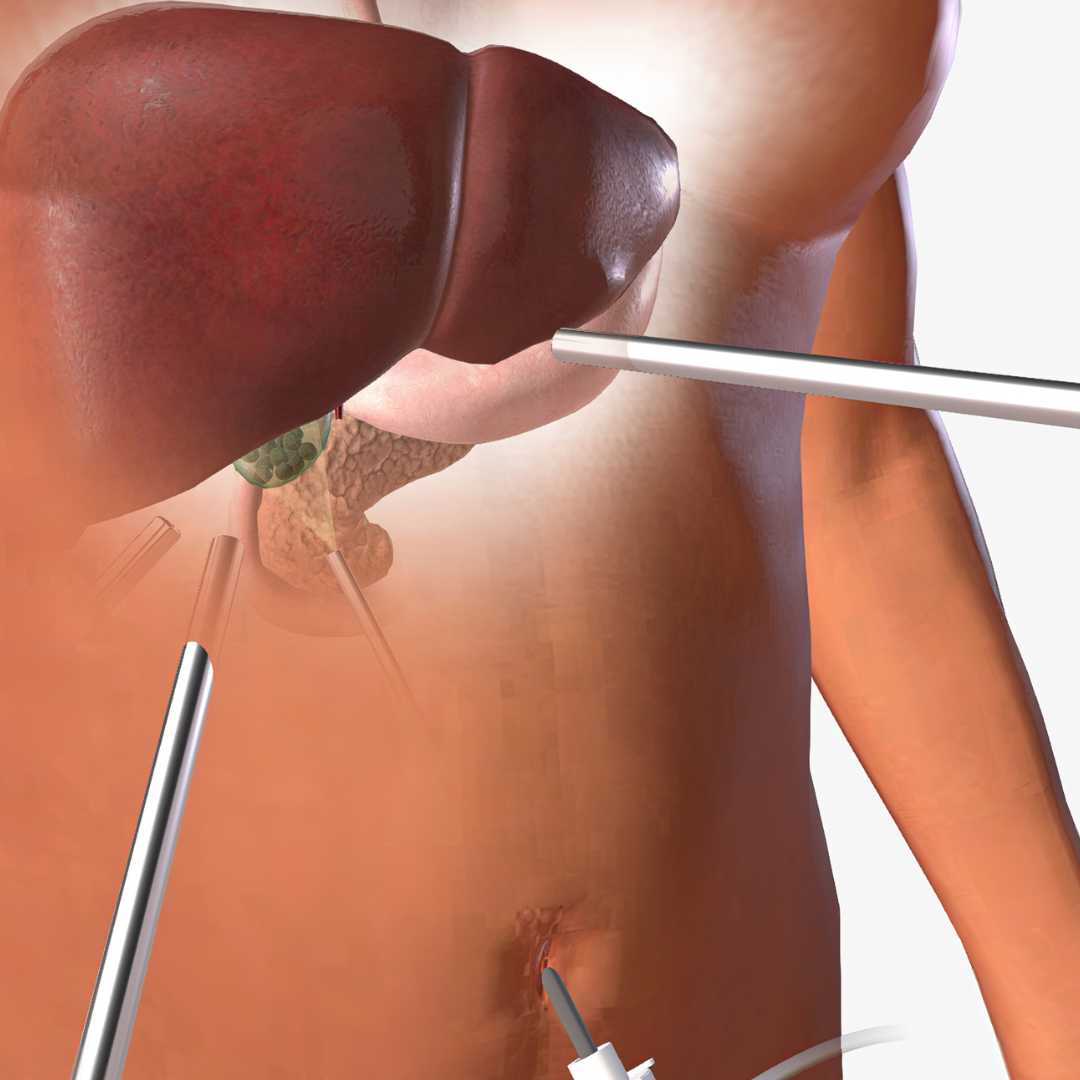
.png)
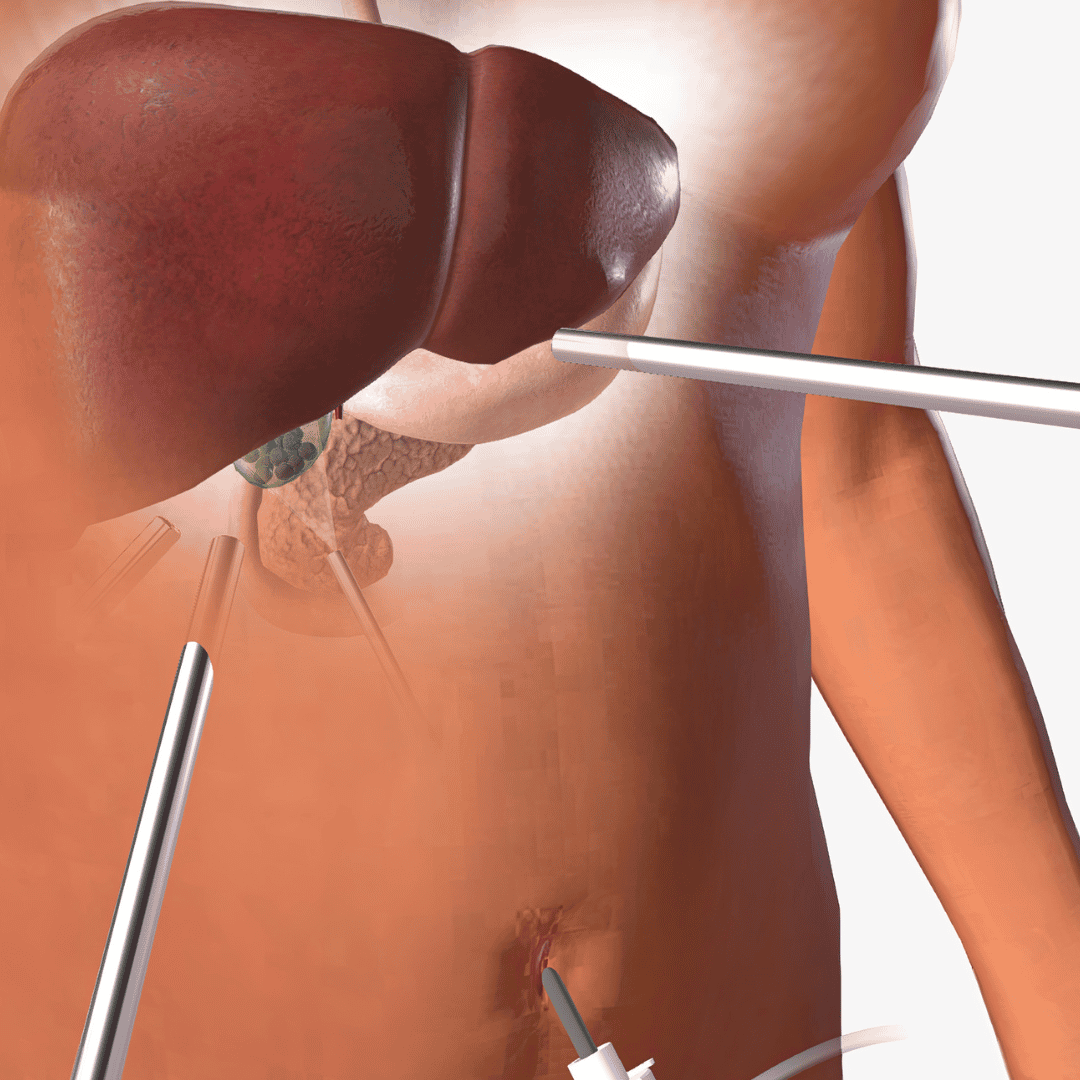
.png)
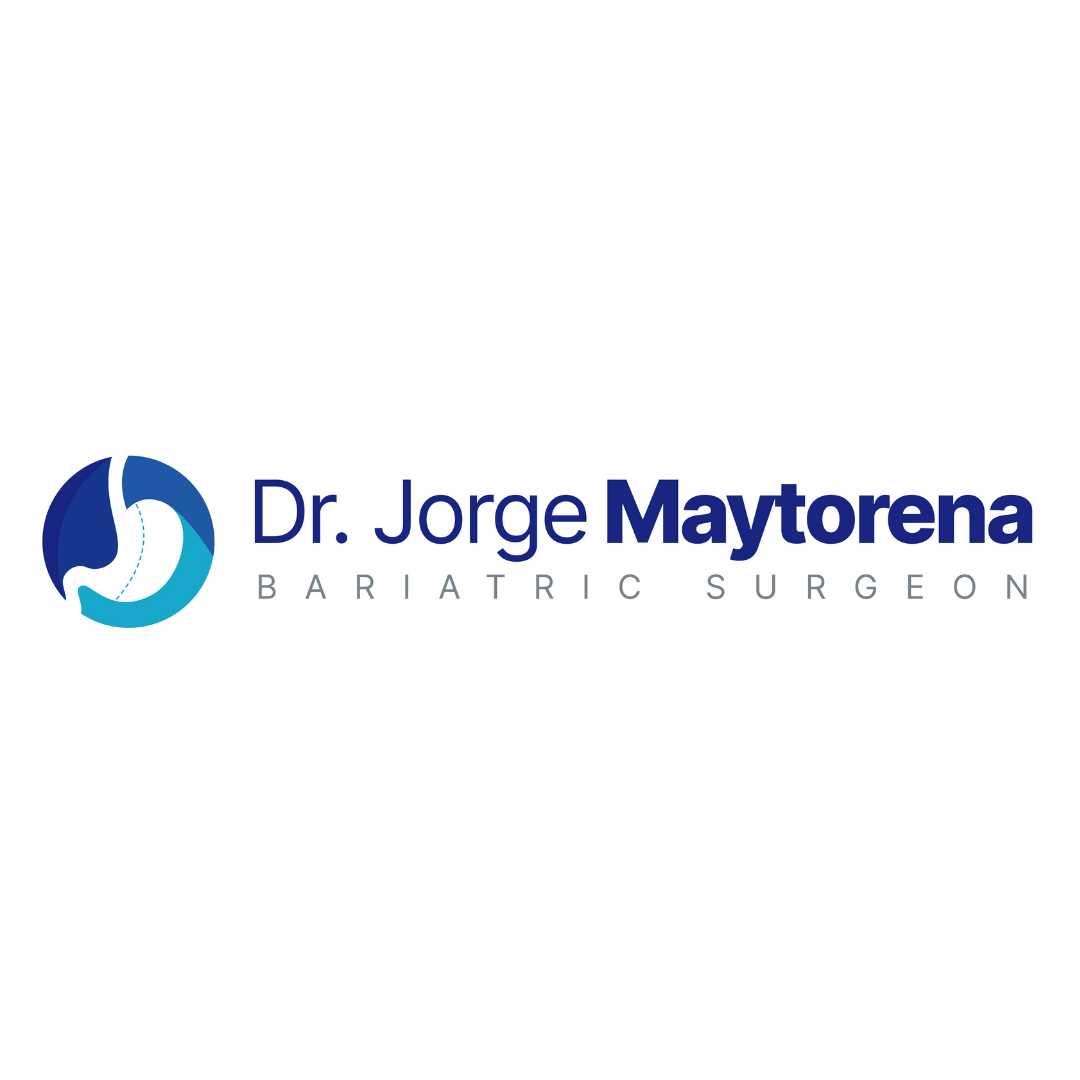





Share this listing